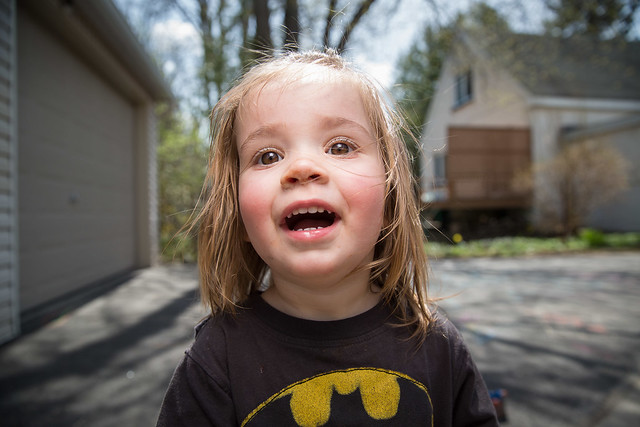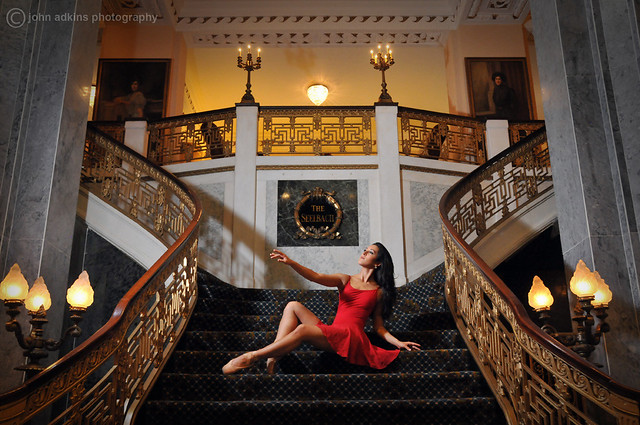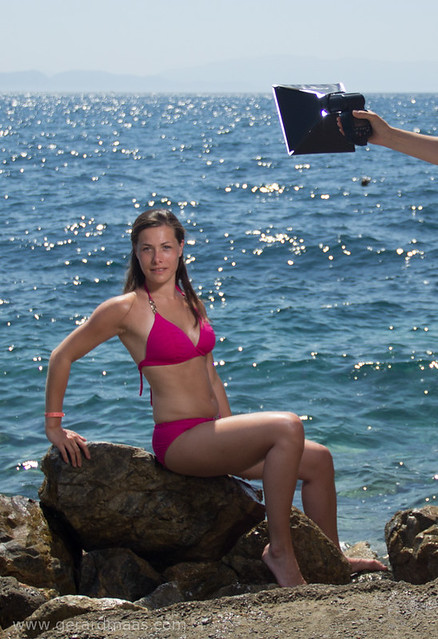How Speedlight Softboxes Work
Choosing the right speedlight softbox can be daunting. It all comes down to what you are trying to shoot. Since you are using a speedlight than you are likely looking for at portable softboxes.
Let's start with the basics here. What is a speedlight softbox? Softboxes are devices in a box shape that enlarge a source of photographic light through the use of a diffusion material. The box is also lined with white light to reflect and direct every bit of light forwards.
A speedlight softbox is built to mount on a small flash head specifically. With every softbox there is give and take based on the type of shot you are trying to capture. Using these tips and ideas you should be able to pick the best softbox for your own photographic style.
Before we break down different types of shooting, heres a few explanations for how light works that will help you make sense of the often incorrect marketing that you'll see at many flash modifier companies websites.
SOFTBOX SIZE MATTERS.
If you've ever been told that a smaller speedlight softbox can serve the same purpose and soften light as much as a larger box, you've been misled.
Companies are more than happy to make claims that their device is smaller than everyones but creates just as soft of light. This is not true. Think of light as "wrapping around" your subject.
If you hold a light right next to a golfball, the light will cover a larger percentage of the ball. By doing this you've created much softer light since the shadows wrap around more evenly with less fall off on the edges. If you take the same flash and put it 20 feet away from the ball, the light won't wrap around as far.
The sun is another great example. On a cloudy day the light is much more even. This is because the clouds are diffusing the light from the sun and creates essentially a massive softbox that covers the whole sky. But on a bright sunny day the light is very harsh. This is because it's one small pinpoint of light.
So yes, the speedlight softbox needs to be bigger for softer light.
DISTANCE FROM SUBJECT TO SPEEDLIGHT SOFTBOX IS A MAJOR FACTOR.
Let's go back to the example of the sun. It's FAR from Earth. And although it's massive, it is also so far that it's a small pinpoint in the sky. Much more like a laser pointer than a broad flash light. Watching videos online you'll see photographers creating amazing photos with a tiny softbox positioned 30+ feet away. This is doing essentially nothing. And although the final photo looks great, it had nothing to do with the softbox. The softbox is just there for the company to sell.
At LumiQuest, we believe in showing the truth about light and not relying on gimmicks to push our products. Our flash modifiers are not MASSIVE, but when placed in close enough to the right subjects, make a huge difference in softness.
LIGHT DIRECTION HAS MANY EFFECTS ON QUALITY AND FLASH OUTPUT.
Another important detail that's SO often overlooked. Direction matters! If you turn your flash around backwards, is it really going to light up the scene? Not unless there's a wall right behind it!
Some accessories claim to pull Matrix style tricks that actually bend the light. In reality, these products re-direct the light which is simple physics. Light is directional and bounces off a surface at the same angle it hits. Products that allow you to bend the light generally lead to far more light falloff. After all, your flash head can be pointed in different directions as well....
With real speedlight softboxes the light is going in the direction you need it too, and 100% of the light is going where it should. Other solutions that are "adjustable" make for a much greater chance of lost-light. The exception to this is when you are using a bounce card or something similar. Bounce cards are set at a specific angle so that some light goes forwards, and the rest bounces off the ceiling.
That's what the LumiQuest 80-20 was designed to do with minimal to no light loss. So more light loss = more power used = burning through batteries faster and possibly running out of charge before a key moment! DIRECTION MATTERS and correct angles are very important.
WEIGHT AND PORTABILITY MATTERS
Do you want to carry the heaviest backpack around? Maybe you're trying to become stronger? If not, than for the location photographer every ounce counts. An extra heavy and large speedlight softbox can be cumbersome and make a shoot more tiring. This all fits with the give and take of light quality vs. weight and depends on what you're shooting.
Sometimes there's no option because you're capturing a group of people at a close distance and need extra soft light. This is when you go HUGE. But if you have a choice to carry something that weighs less you'll probably want a bit smaller softbox instead and bring it in towards the subject as closely as possible. Plus it's easier to carry around a full set of portable softboxes when you are using multiple off-camera flashes.
There are a lot of great lightweight solutions on the market and even a traditional shoot-through umbrella can weigh less and work great. As long as there isn't too much wind to knock it over...
At LumiQuest, we make several speedlight softboxes that make for high quality light as long as you use them correctly. Our portable softboxes are extra lightweight and fold flat to fit just about anywhere. They will significantly soften light when used in many applications. Check out our softboxes here.
HOW TO TAKE BETTER PHOTOS WITH SOFTBOXES FOR SPEEDLIGHTS
Now that we've covered all the basics, it's time for some tips that will make all of your flash photos better.
- Get your flash in as close as possible to your subject! The closer the better for the softest light.
- Use small softboxes for quick and easy setup when you can get them close to the subject, otherwise bring in the big softboxes for larger groups. Smaller to midsize softboxes like the SoftBox III are perfect for Macro photography, portraits, small groups, head shots, and closer shots at weddings and events.
- When possible, get your flash off camera for better images. Check out this resource for everything you could ever want to know when shooting with a strobe (small flash) off camera.
- Make sure your flash is set to it's WIDEST zoom setting. This guarantees that the light will fill the whole softbox and not just create a hot spot in the diffusion material. Shooting zoomed flash will not create softer light.
- If you don't have radio triggers for off-camera flash, a TTL cord attached to the hot shoe and flash will let you hold it off camera. This is great for the "Run and Gun" type of shooting that you need to do at events and weddings where the flash can't be on a stand. Hold it a few feet off to the side and fairly even with the lens to avoid heavy eye shadows. Move it in closer to the subject for the softest light.
- Don't be afraid to use TTL. TTL stands for Through-The-Lens and that means the camera will automatically adjust your flash settings through an incredibly fast and imperceptible flash burst as you take the shot. The camera than reads the burst and powers the flash correctly for a balanced image. With TTL you won't have to worry as much about missing the shot because the light changed or you moved locations without changing your settings.
- If you can't go off-camera or need your hands free, grab a small on-camera softbox like this one. Again, remember to shoot in closely for the best light!
- Is your subject far from the camera? No softbox will help unless your flash is off-camera and close in. Take the softbox off your on camera flash because every diffusion and bounce device lowers the output which makes the flash work harder. Save battery in these cases by dropping your diffuser.
THE BEST PHOTO IS THE ONE YOU ACTUALLY TOOK...
This seems obvious but often times we are so busy playing around with settings that we miss a killer shot. Any shot is better than none! That's why we make products that are fast to setup and work well with automatic and TTL modes.
If you are going to miss the shot by putting on a softbox, go ahead and take the shot first and get the softbox ready for the next one. The best shot is the one you captured.
LET US KNOW IF YOU HAVE ANY QUESTIONS!
Seriously, we love talking to photographers and discussing all aspects of flash photography. It takes time to learn but knowing just these basics about light and speedlight softboxes will make your shooting much smoother. Send us an email through our contact page with any questions that you have and we are happy to help.



